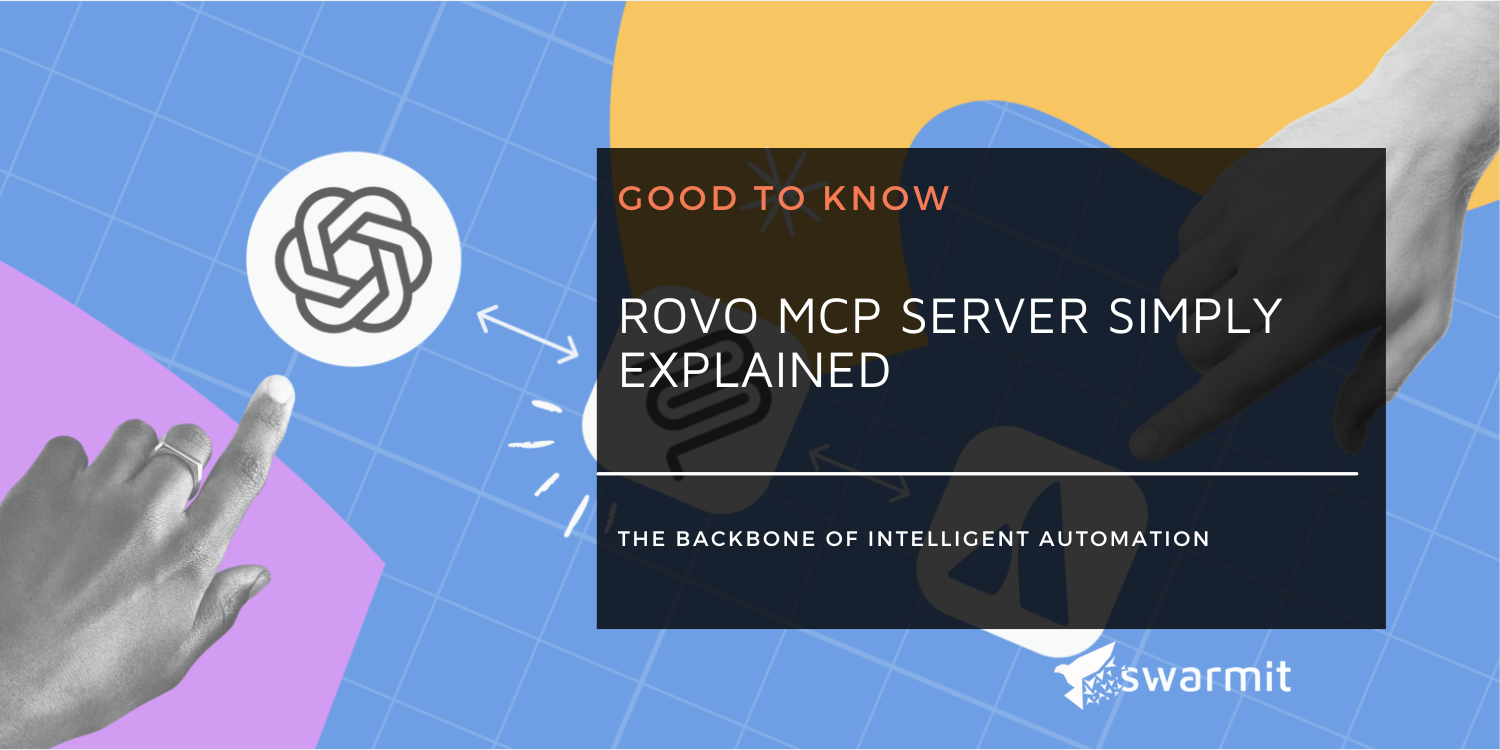Beyond Bug Tracking - Unleash Jira for Feedback Management
Many users associate Jira primarily with bug tracking, but it can also be a powerful tool for collecting feedback. You can achieve this by making Jira a one-stop shop for storing feature requests scattered across different platforms like emails, spreadsheets, or chat tools. This article explains why keeping feedback assets in Jira benefits product managers and how to transform it into a feedback-collecting tool.
Benefits of keeping feedback in Jira
Product managers already use Jira to plan, track development progress, maintain and refine the backlog and more. But they still juggle between Jira and other platforms for collecting user feedback despite Jira's built-in capabilities. Сonsolidating user feedback in Jira provides several benefits for product managers.
Speed up feature delivery
A significant advantage of keeping feedback assets within Jira is the ability to streamline workflows and accelerate delivery.
Tools for faster delivery:
- Standardized workflows for different issue types. This establishes clear expectations for addressing feature and service requests and ensures consistency. Product teams can set up a specific project and workflow for capturing feedback requests to address feedback more accurately and get better insights.
- Jira automations. Leveraging Jira's automation streamlines repeated tasks like creating, assigning, and updating the status of issues.
- Integration with CI/CD tools allows you to trigger automated builds, tests, and deployments based on changes in Jira issues and release new features and bug fixes more frequently.

These automation capabilities, combined with eliminating manual data transfer between different platforms, contribute to faster delivery cycles.
Cut back on administrative overhead
Managing feedback across different platforms can be a complex task, resulting in administrative overhead.
- Tedious integrations: if you capture ideas on one platform but implement them in Jira, linking the two can be clunky. This often involves manual integration efforts to attach relevant feedback to related tasks in Jira.
- Data Transfer Risk: manually transferring data between different platforms to keep them synchronized creates the risk of errors and delays. This can lead to inaccurate or outdated information, hindering team efficiency and potentially causing project delays.
- Reduced software subscriptions: by consolidating all feedback within Jira, your company could eliminate the need for additional subscriptions, directly leading to cost savings.
Tracking feature development
Beyond cutting admin overhead and accelerating delivery, keeping feedback in Jira offers another valuable benefit: a comprehensive view of the feature development process. Jira's built-in reporting functionalities equip team leaders to monitor development progress, analyze feature trends, and track team performance.
Report Examples:
- Support Requests Report (Jira Service Management): This report tracks the types and frequency of reported issue types over time.
- Resolution Time Report (Jira Software): This report reveals the average time to resolve different issues.
- Recently Created Issues Report (Jira Software): This report provides a view of the amount of issues created over a specific period.
Moreover, centralizing feedback in Jira simplifies the calculation of crucial metrics like Feature Lead Time. This metric tracks the time from when a feature idea is submitted to its release. With all feedback readily available, leaders can easily track the exact date of an idea's submission into the backlog and the resolution date. In combination with Jira automation, you can streamline this process. You can create an automation rule that closes a related idea once developers release it.

In addition to the key benefits, collecting feedback directly through Jira allows developers, designers, product teams, and other stakeholders to comprehensively understand the initial problem, user requirements, and desired outcomes. This enables them to focus on creating tasks based on real feedback rather than assumptions.
Tools for collecting feedback in Jira
Now, let's equip product managers with the tools to leverage Jira as a feedback collection tool.
Jira issue collector
Jira issue collector is a feedback collection form that can be embedded on a website page using HTML. It allows users to submit feedback directly to Jira without logging in or navigating the Jira platform. This method is particularly useful for gathering feedback from external users or customers who may not be familiar with Jira.

Jira service management
Jira service management (JSM) is a well-known solution for working with customer support requests. But it can also be a powerful tool for managing customer feedback.
Create a new Request type in the project settings of the JSM project and link it to the corresponding issue type (e.g., Idea/New Feature/Suggestion).
Or use the default request types:
- Suggest a new feature
- Suggest improvement

This way, feature requests are collected Into a queue separate from technical issues. It makes categorizing and filtering feedback a breeze.

JSM further empowers feedback collection through a customizable widget. You can easily embed it into your website or application, allowing customers to submit feedback directly into your Jira.
Public Jira
Make your Jira project public. To do that, update the View Projects and View Issues Jira Project Permissions to Public so that all customers (⚠️even including anonymous users) can access the backlog and create new requests. If you need to hide some requests for internal work, you can use the issue security levels.
Customer Case for Jira Cloud
Sometimes, mixing product and service requests within one Jira project is inconvenient. Feedback requests, after all, require their own workflow, handling processes, and a team to address them. Moreover, this approach unavoidably leads to extra JSM agent licenses.
Customer Case for Jira Cloud allows creating a feedback or helpdesk portal from any Jira Cloud project. It helps to keep product ideas backlog separate from a support one in case you're using JSM for that.
One of the standout features of the Customer Case app is that even stakeholders without Jira licenses can post and act on feedback in Jira via the portal or track the progress of a project by filtering ideas by status.

What's more, the feedback forum can be used seamlessly with Jira Service Management. Simply map the Customer Case portal to the external resources in your service project to make it visible to your customers.

Unlike the solutions mentioned, all the ideas on a feedback portal are visible to all visitors. They can comment on ideas, vote for them, add new ones, and engage with other users about their use cases.
Jira Product Discovery
Jira Product Discovery is a powerful tool for managing team insights. However, there's an additional opportunity to involve your customers in the process and let them contribute:
- Add your customer to a Contributor user group.
- Let contributors create ideas.
Be mindful, however, that with the access, they will see issues in the backlog, priority, roadmap details, risk assessment, and other sensitive bits that you might prefer to keep private.
It's worth noting that you can blend the mentioned tools if one doesn't cut it on its own. They are conveniently compatible with each other.
Considering all the comprehensive benefits and use cases, it seems inevitable that Jira's role will continue to expand. Equipped with a set of available tools, product managers who use Jira should try to maximize its benefits by utilizing it as a feedback hub.
Maximizing Jira's Potential as a Feedback Hub with Swarmit's Support
If you have any questions or need further assistance, don't hesitate to contact Swarmit. As your Atlassian Solution Partner, we can provide valuable support and guidance tailored to your specific needs. Additionally, our close relationship with our partner Stiltsoft enables us to provide fast support, ensuring that any issues are addressed promptly.
Many users associate Jira primarily with bug tracking, but it can also be a powerful tool for collecting feedback. By consolidating feedback in Jira, product managers can streamline workflows, accelerate delivery, reduce administrative overhead, and gain comprehensive insights into feature development progress.
If you're ready to harness the full potential of Jira for feedback collection and management, reach out for our consultant's assistance and support.

This blog was originally created by Stiltsoft.






.webp)





